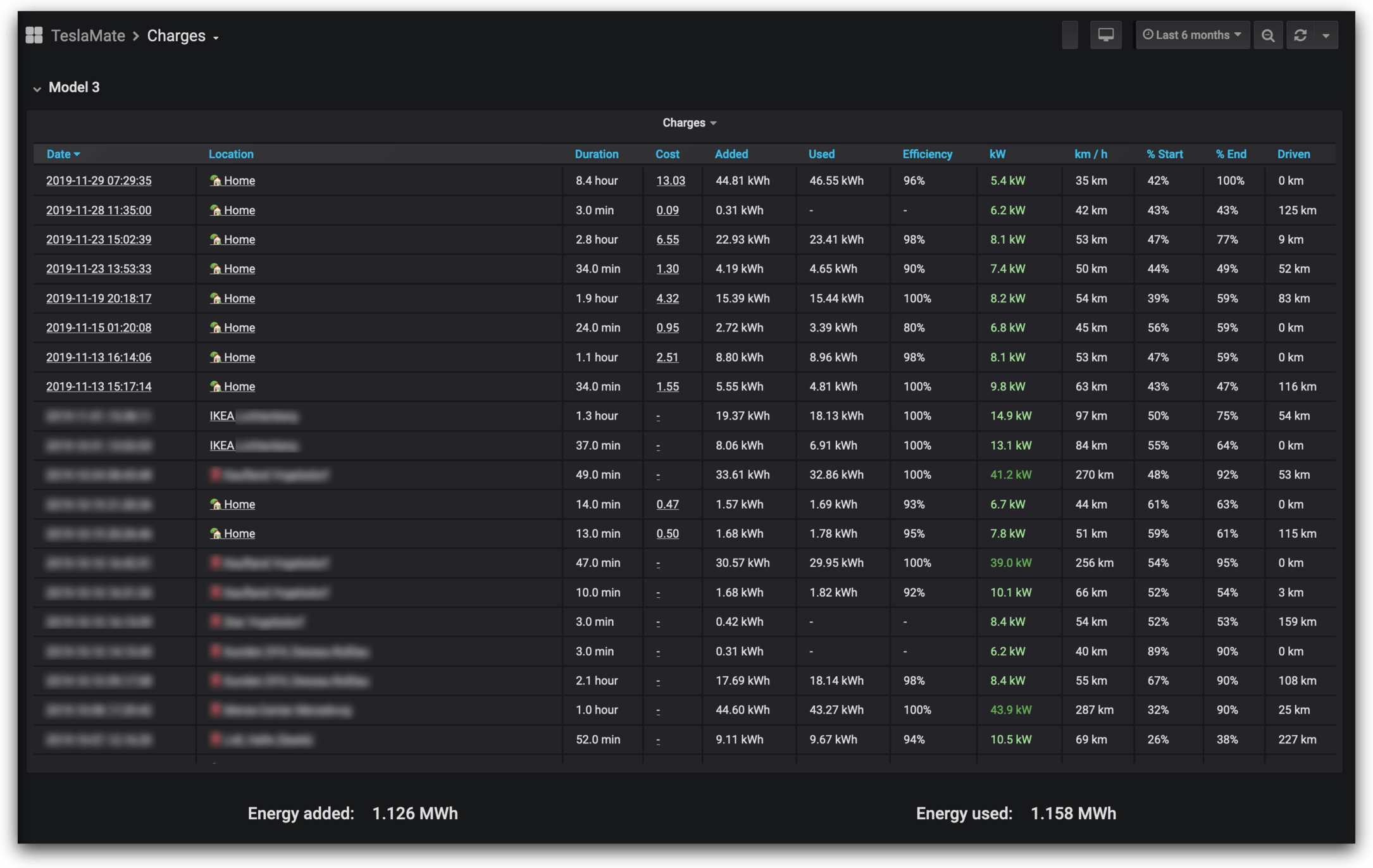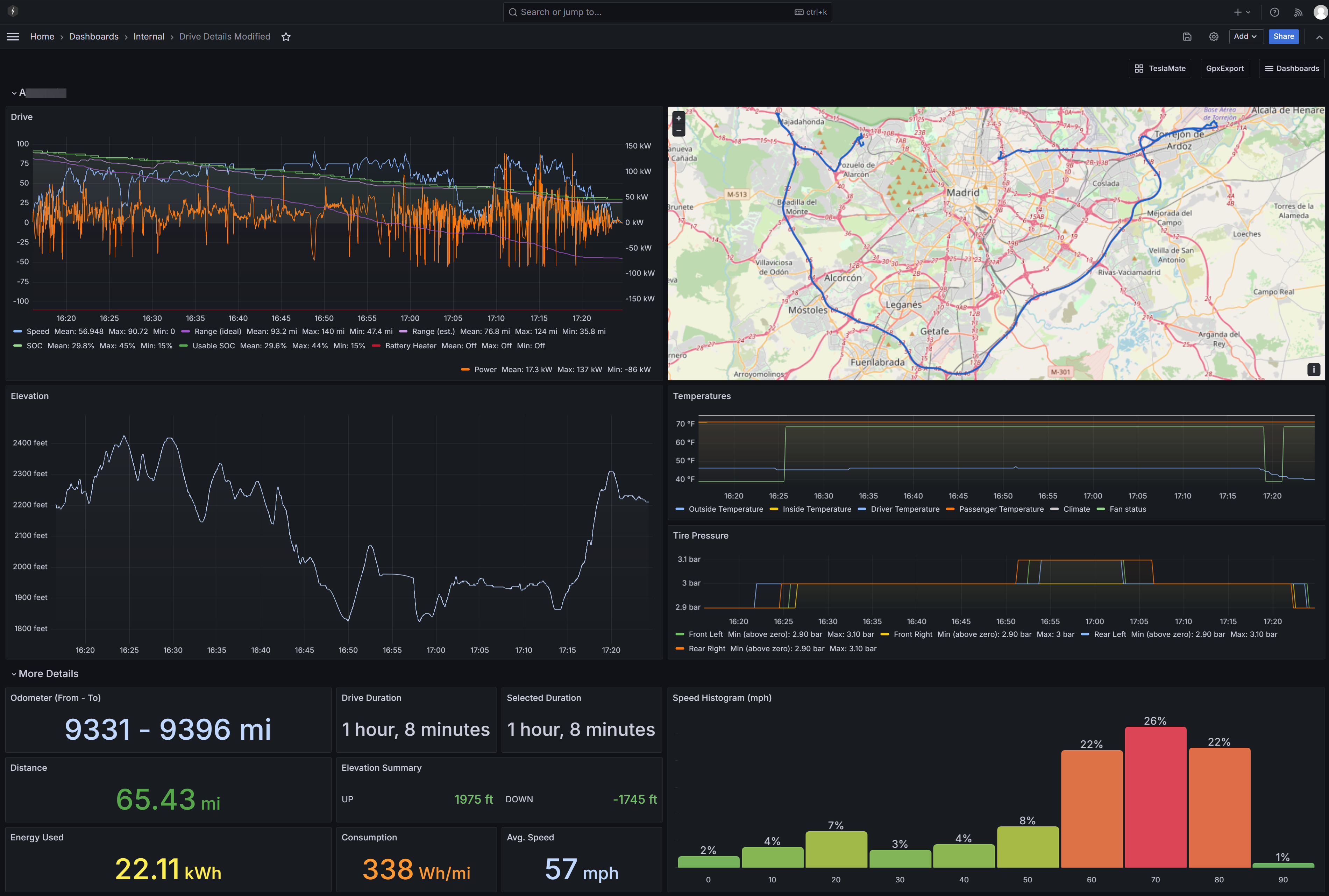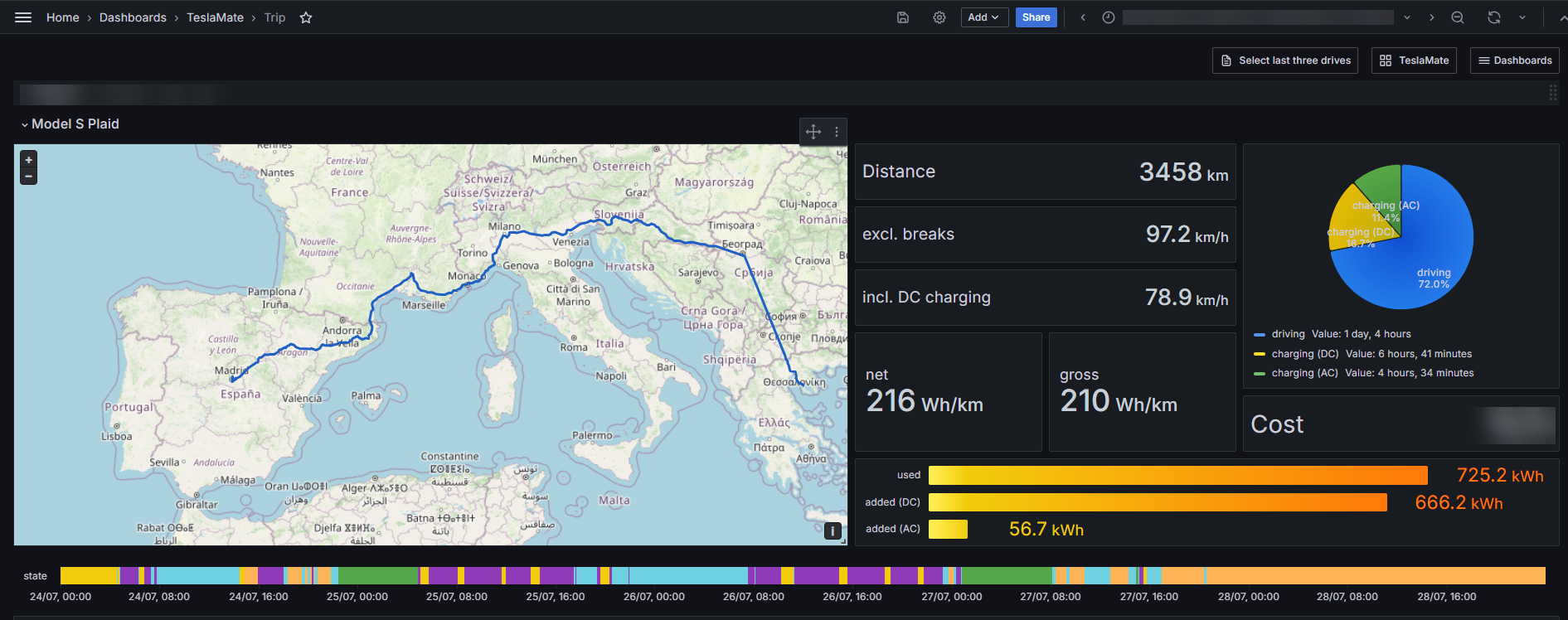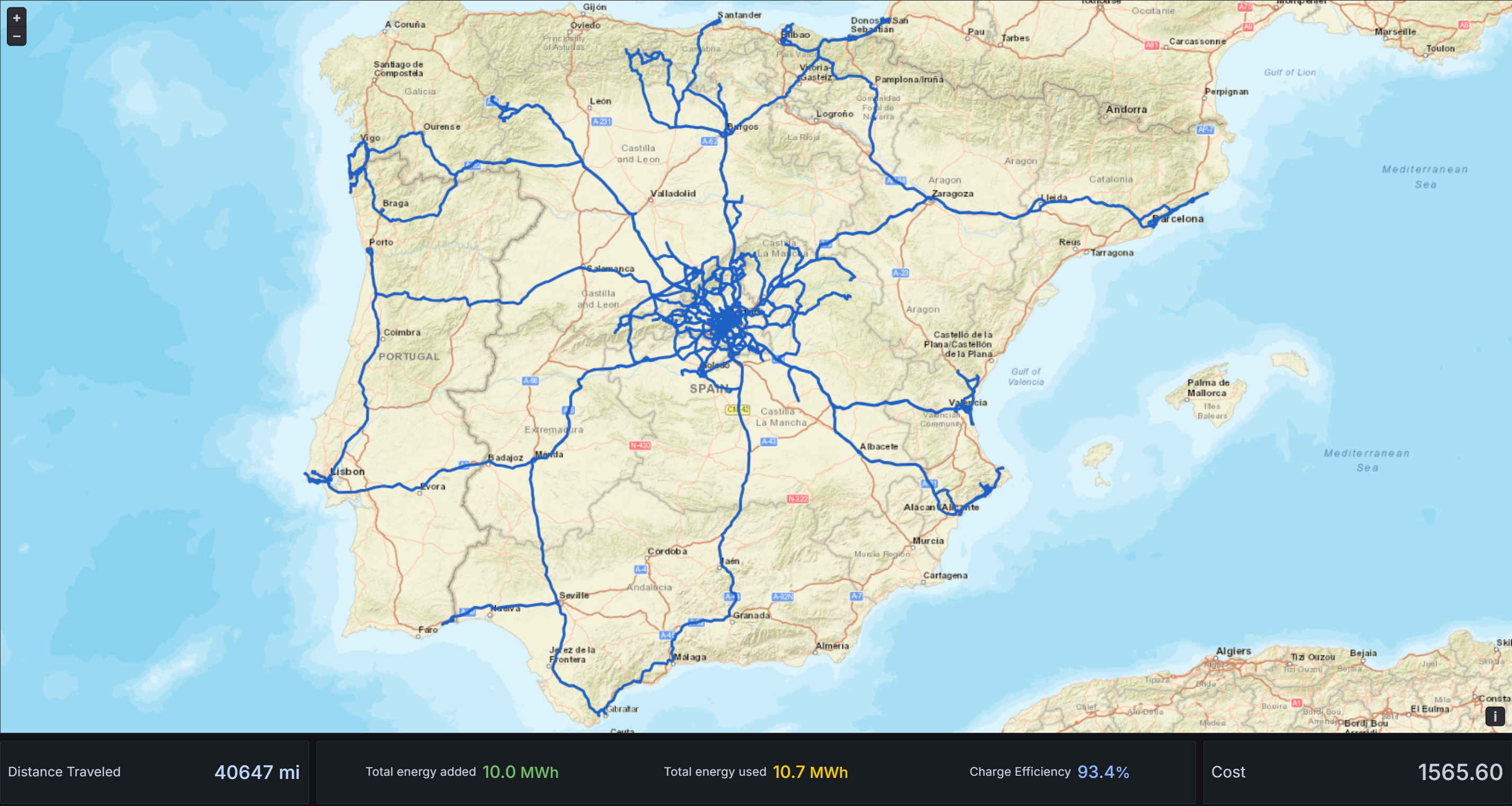Software Defined Vehicle

tl;dr - these are notes on why Tesla vehicles are superior cars in comparison to their European counterparts, based solely on the software aspect.
There is a Tesla dashboard as a featured image for a reason - it is truly a Software Defined Vehicle.
What European car manufacturers lack in their EVs is vertical software integration and a bottom-up approach to design, infotainment, and integration with other products.
Later on, I will show why it's important from my point of view, but first, let's start with the definition of a Software Defined Vehicle.
So what is a Software Defined Vehicle (SDV, I will use that abbreviation from now on)?
It's any vehicle where software plays a central role. While it can be done in ICE cars, creating an EV as a purely SDV is way easier. Suppose you switch mechanical switches and separate units that control different systems of the vehicle to digital signals and more centralized computers. In that case, you get superior control over the vehicle and the way higher speed of the signals across various systems.
SDV benefits from extended connectivity, OTA (Over the Air) updates, V2X connectivity (V2X stands for Vehicle to Everything, it can be a Vehicle to Vehicle (V2V) for self-driving and ADAS, Vehicle to Infrastructure (V2I).
There are powerful CPUs and GPUs for data processing (especially for Machine Learning and Computer Vision algorithms for extended safety features and self-driving capabilities)
It does come with some caveats, as such vehicles are more prone to digital attacks (communication jamming, potentially malicious software if OTA was done over the WiFi with MITM attack, software vulnerabilities may lead to stealing the vehicles, and potentially surveillance by manufacturers)
Tesla is the best example (most common on the streets) of SDV and an EV made from scratch.
It's basically a computer on wheels - everything there is controlled by a few ECUs (Electronic Unit Controllers), and you can get a lot from telemetry.
As in my personal example - my 2021 Model 3 got better over the years thanks to OTA updates - the range has increased, screen wipers are working better, matrix headlights got enabled, and additional safety measures (like blind spot indicator on screen and collision detection on backing up) without me paying any single dime on that (compare this to BMW subscription for heated seats...)
And that's where there's an issue. I believe that with their decades of experience, German car manufacturers can build great, comfortable, and even luxurious cars that are finished with attention to detail. But they cannot into software (look at the German digitalization, it's sad). I remember stories about upgrading software in VW ID.4 that required going to the service center, where they had to put a USB stick into the car to upgrade the system. Same thing with Stellantis, but here you can do it yourself.
Thankfully, the ID.1 concept is improving in that aspect; there's also hope for BMW's Neue Klasse vehicles. So we're getting there, but the quality of the software in almost every car, maybe except for Lucid and Rivian, is not as good as in Tesla.
What really stands out in current car manufacturing are Chinese automakers - many cars coming from China are completed in 18 months since they were in the design phase, and that's thanks to the SDV concept and their incredible manufacturing capabilities. I do not have an opinion on these cars' software, though, as I yet have to test at least a few of them.
Why do I think SDVs are the future? They are more straightforward to build - fewer moving parts, better engine efficiency, and the ability to update over time combined with advancements in self-driving technology (we need legislation to follow, especially in Europe. While I love to occasionally drive, especially on scenic Mediterranean roads, I don't mind being driven by the vehicle itself as long as it's safe.)
But also because of the data. Here's what I get from my car - the system here is Teslamate

As you can see, I have the data on every charge I've done over the past 4 years, and I know what the power, voltage, temperature, elevation, and many other details were at every charging session. I have a similar dashboard for all my trips where I can see every minute. (the ones I'm showing here are from the official teslamate github repository)
That way, I can track the health and longevity of my car's battery, track software update releases, monitor tire pressure and engine efficiency in different temperatures, etc., which I find valuable data as an EV geek.
How simpler can vehicle systems be thanks to switching more to software rather than hardware? Sandy Munro visited Rivian's factory some time ago, and here's a video about that, I highly recommend watching it to understand how even EVs are getting upgrades in that domain.
Critics may say it's an invasion on our privacy (because if I can track my car up to this level, so can Tesla) or getting too reliant on software and electronics, but I would say it's progress. And that progress brings us closer to a world where we have fewer fatal accidents on our roads if we have more intelligent machines we travel by.
I cannot wait for projects like Tesla's Robotaxi or Mate Rimac's Verne to hit the roads.
If you need consulting on e-mobility, charging infrastructure or just want to discuss EVs and the future of automotive, reach out!




